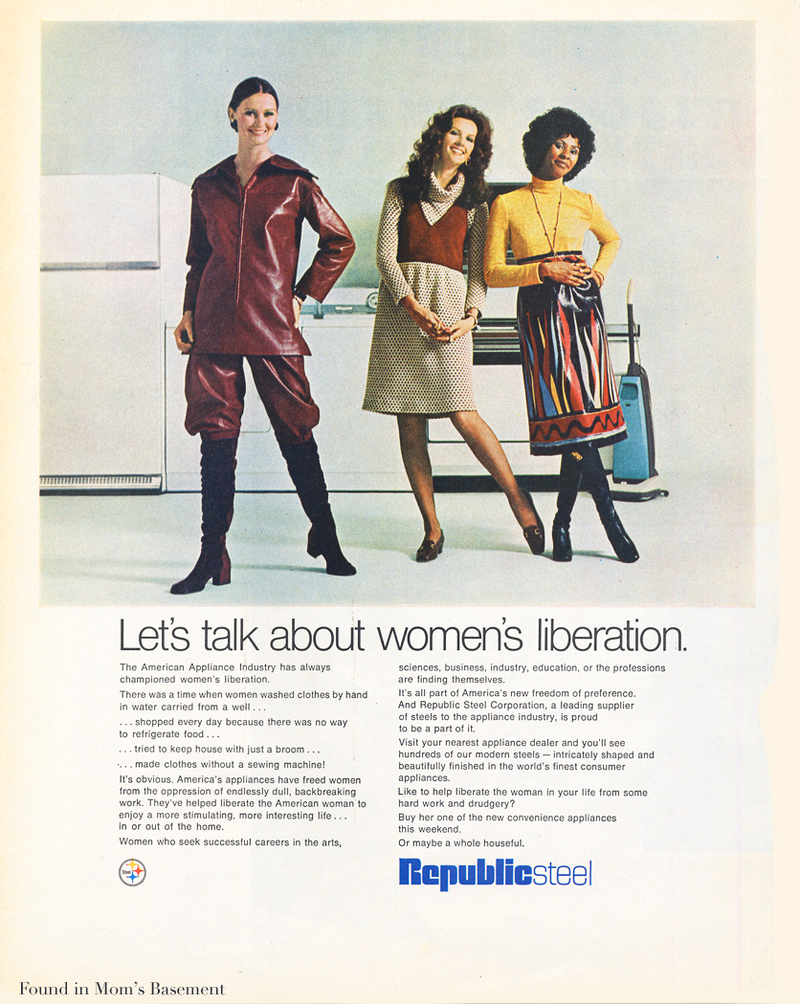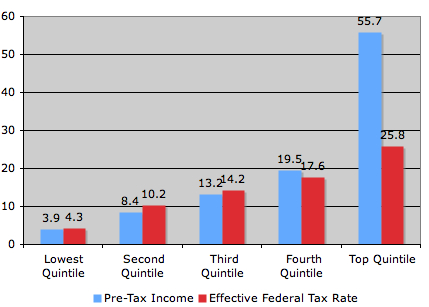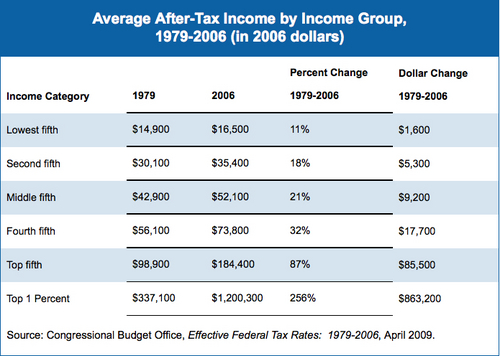Since I’m visiting my family in Oklahoma, and they raise cattle, I thought it was appropriate to post this Campbell’s soup ad from the 1940s (found at Vintage Ads):
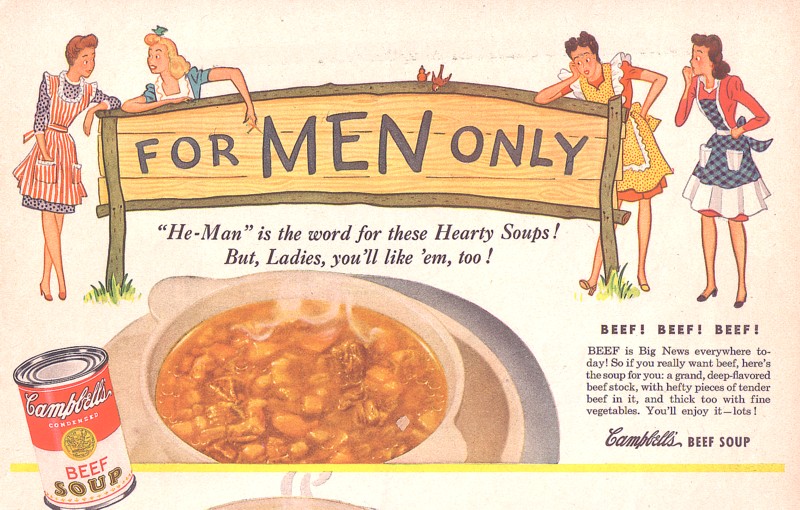
Of course, there’s a long history of associating masculinity with meat, with poor families often reserving meat and other foods considered particularly nutritious for men, since they were believed to need it most in order to perform hard physical labor. Writing about the British working class during the late 1800s in his book Sweetness and Power, Sidney Mintz argues, “…wives and children were systematically undernourished because of a culturally conventionalized stress upon adequate food for the ‘breadwinner'” (p. 130). Men’s privileged access to meat actually spurred the consumption of sugar: “…while the laboring husband got the meat, the wife and children got the sucrose…” (p. 145). Sugar provided a relatively cheap source of calories for women and children’s diets to make up for the fact that they got less of other foods. Of course men also ate sugar, but historical evidence indicates that their diets were made up of more protein and less sugar compared to women and children. Sugar provided an energy boost and source of calories for women and children, but at the cost of providing little nutritional value.
Mintz also describes how cultural beliefs emerged to justify this consumption pattern:
One (male) observer after another displays the curious expectation that women will like sweet things more than men; that they will employ sweet foods to achieve otherwise unattainable objectives; and that sweet things are, in both literal and figurative senses, more the domain of women than of men. (p 150).
And of course this belief that women like sweet things more than men, and use them to “achieve” objectives (say, eating chocolate to soothe a broken heart after a breakup) is still with us today.
Gwen Sharp is an associate professor of sociology at Nevada State College. You can follow her on Twitter at @gwensharpnv.

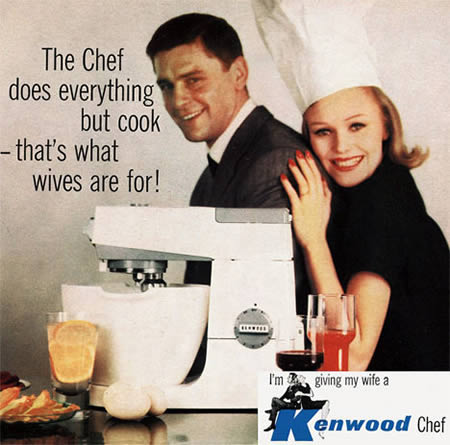
 This post is dedicated to
This post is dedicated to 

